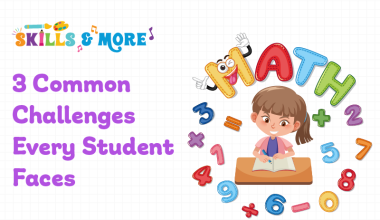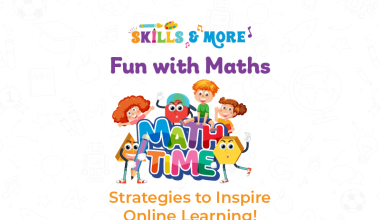As parents, we strive to provide our children with the best opportunities for growth and development. We enroll them in school, expose them to various activities, and encourage their curiosity. However, One subject that often gets overlooked is math, which is actually incredibly important for their future.
That’s why it’s crucial to start teaching your kids math at an early age. But have you wondered about what concepts you should teach your kids and how? It can be overwhelming to know what concepts to teach your child and how to make them engaging.
Fortunately, there’s a simple solution: introduce your child to the world of math through shape and space. This is a great way to help your child develop a solid foundation in math. Understanding shape and space is fundamental to a kid’s cognitive and mathematical development, providing a solid foundation for future learning.
By understanding shapes, children can break down complex objects into simpler components, enhancing their ability to analyze and think critically.
Furthermore, exploring space enables children to comprehend and navigate their environment. Now, if you want your kid to become a math champ, then be with us because in this blog we’re going to talk about the importance of space and shape and how you can introduce them to your kid at an early age.
What Roles Do Shapes and Spaces Play in Kids’ Lives at Early Stages?
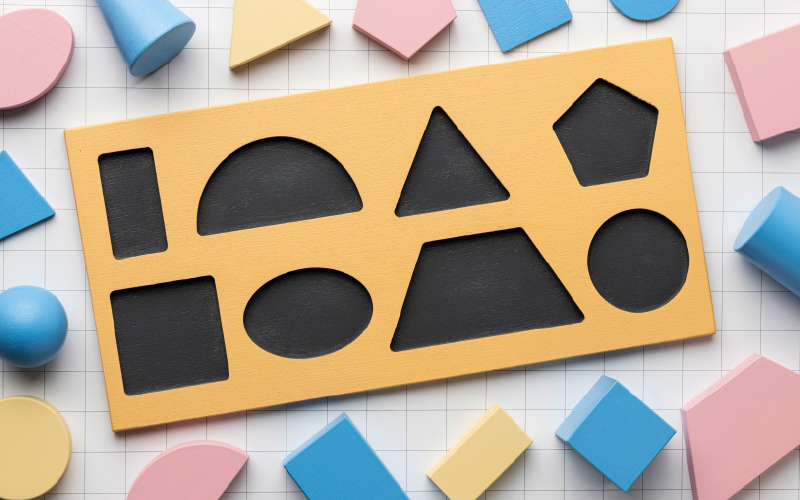
Mathematical shapes and spaces play a crucial role in kids’ lives during their early stages of development. These concepts provide a foundation for understanding the world around them and developing important cognitive skills.
Shapes and spaces are not only fascinating to explore but also help children make sense of their environment and develop essential mathematical thinking.
- Shapes and spaces help develop spatial awareness and visual thinking.
- Interacting with shapes improves object recognition and navigation skills.
- Playing with shapes enhances problem-solving and logical thinking.
- Shapes serve as a gateway to early mathematical concepts.
- Exploring geometric shapes teaches symmetry, patterns, and measurement.
- Recognizing patterns helps with prediction and making connections.
- Understanding shapes promotes critical thinking & logical organization.
- Parents can engage children in shape-related activities with toys & puzzles.
Importance of Having Mathematical Understanding of Shape & Space for Kids
Having a mathematical understanding of shape and space is crucial for kids, as it provides them with a solid foundation for various cognitive and academic skills. Here are some key points highlighting the importance of this understanding:
1. Developing Spatial Reasoning Skills
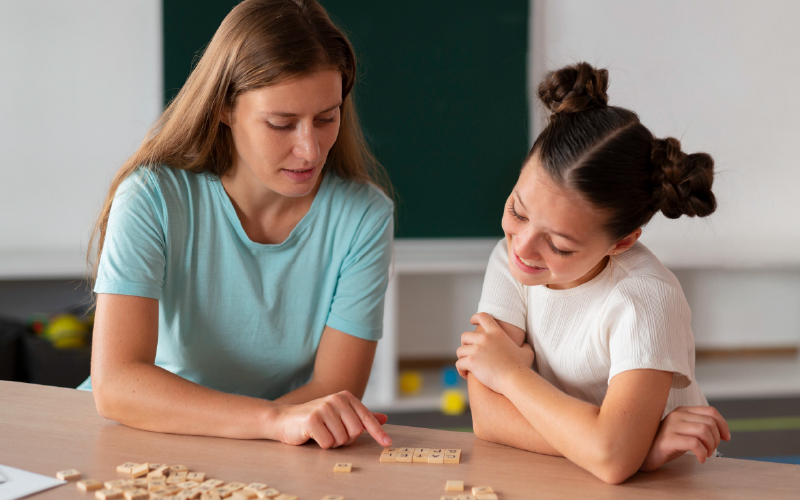
A mathematical understanding of shape space helps children develop spatial reasoning skills. This includes the ability to mentally manipulate objects, understand relationships between objects, and create physical and abstract spaces. Spatial reasoning is essential for tasks such as reading maps, understanding graphs and charts, and even solving complex math and chart problems.
2. Enhancing Problem-Solving Abilities
By engaging with shapes and spaces, children learn to analyze and solve problems in a logical and systematic manner. They develop the ability to break down complex problems into smaller, manageable parts, and identify patterns and relationships.
These problem-solving skills extend beyond mathematics and are applicable to various real-life scenarios, such as organizing objects, arranging furniture, or even planning routes.
3. Fostering Mathematical Thinking
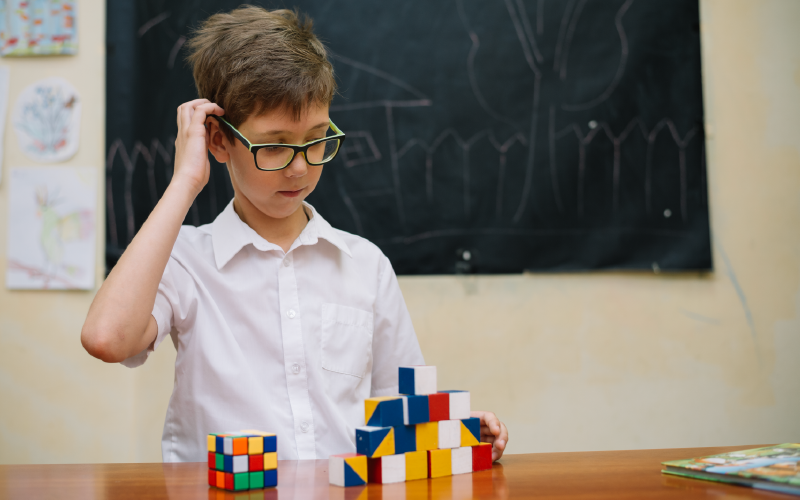
Understanding shape and space lays the foundation for various mathematical concepts and skills. It helps children grasp key principles such as symmetry, congruence, and transformations.
Through the exploration and manipulation of shapes, children learn to think critically, make connections, and apply mathematical concepts in different contexts. This promotes a deeper understanding of mathematics and prepares them for more advanced topics in geometry and other mathematical disciplines.
4. Supporting Visual & Spatial Literacy
Shape and space understanding aid in developing visual and spatial literacy, which involves interpreting and creating visual representations. It helps children interpret maps, diagrams, and graphs, and effectively communicate their ideas visually. This skill is vital in subjects such as science, engineering, and design, where visualizing and representing information accurately is essential.
5. Encouraging Creativity & Innovation

A mathematical understanding of shape and space nurtures children’s creativity and innovation. It allows them to think outside the box, explore different possibilities, and design and create their own shapes and structures. This promotes imagination, spatial imagination, and the ability to approach problems from multiple perspectives.
What do Children Need to Know About Shape and Space?
Shape refers to the external form or appearance of an object, characterized by its outline or boundary, while space refers to the area or volume occupied by an object or the gap between objects. Here is a guide outlining what children should know about shape and space:
1. Basic Shapes
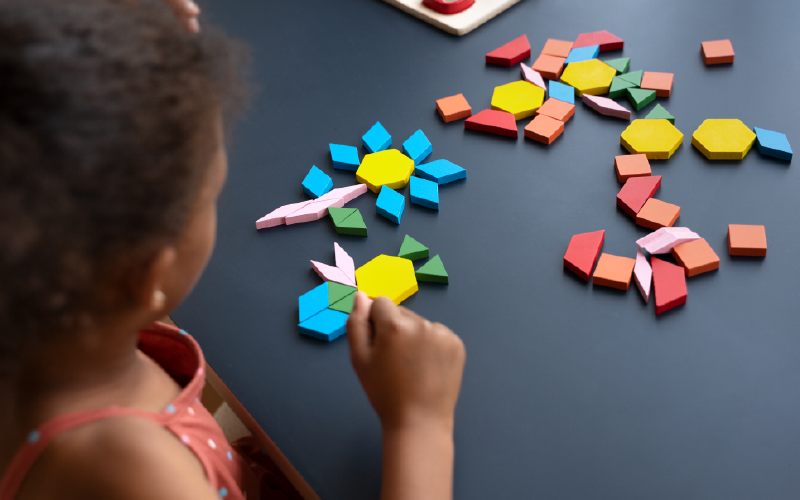
Children should be able to recognize and name common shapes such as circles, squares, triangles, rectangles, and hexagons. They should understand the attributes of each shape, such as the number of sides and corners, and be able to identify these shapes in their environment. Activities such as shape sorting, matching, and identifying shapes in everyday objects can help reinforce this knowledge.
2. 2D and 3D Shapes
Children should understand the distinction between two-dimensional (2D) shapes and three-dimensional (3D) shapes. and they should be able to differentiate between flat shapes, like circles and squares, and solid shapes, like cubes and spheres.
Exploring and manipulating objects of different shapes can help children grasp the concept of 3D shapes and understand their properties.
3. Spatial Relationships
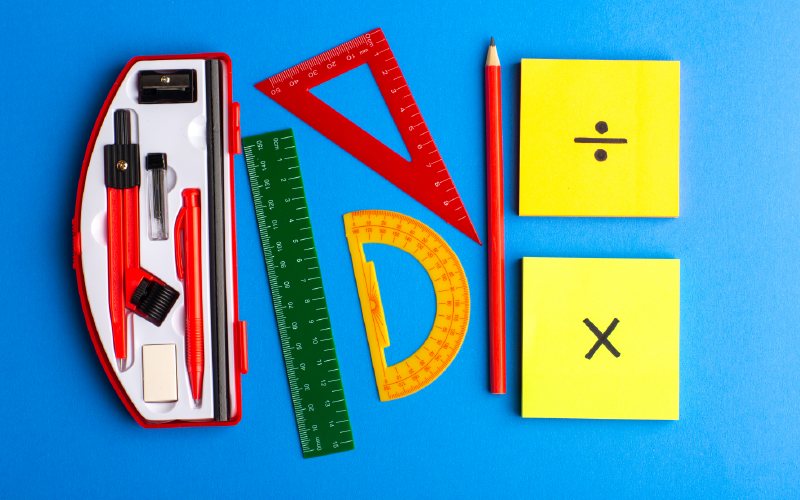
Kids should know about spatial relationships, including concepts such as above, below, beside, inside, and outside. They should be able to understand and describe the relative position and arrangement of objects in space.
Engaging in activities that involve building structures, arranging objects, and following directions that involve spatial language can support the development of spatial relationship skills.
4. Symmetry and Patterns
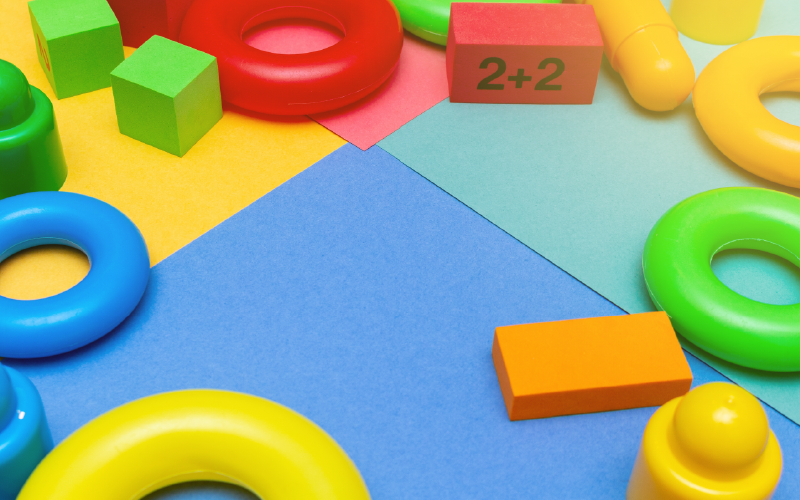
Children should understand the concept of symmetry, where one side of an object or shape is a mirror image of the other side. They should be able to identify and create symmetrical patterns and designs.
Activities such as folding paper to create symmetrical shapes and patterns or completing symmetrical pictures can help children develop an understanding of symmetry.
5. Transformations
Children should explore transformations such as flipping, sliding, and rotating shapes. They should understand how these transformations change the position or orientation of shapes while preserving their attributes.
Activities that involve manipulating shapes, such as tangrams or shape puzzles, can provide hands-on experience with transformations.
6. Measurement
Children should have a basic understanding of measurement in relation to shapes and space. This includes comparing the sizes of objects, using non-standard units (such as blocks or cubes) to measure length or height, and understanding terms like longer, shorter, taller, and smaller.
Engaging in measurement activities, such as building towers of different heights or comparing the length of objects, can help children develop measurement skills.
7. Maps and Directions
Children should learn to interpret basic maps and understand simple directions. They should be able to follow a map key or legend, identify symbols, and locate objects or places on a map.
Introducing map reading and giving directions in familiar settings, such as at home or in the neighborhood, can help children practice these skills.
How do you introduce this into your child’s life at an early age?
To provide your kid with the best knowledge of space, shape, shape any other mathematical concepts, here are a few tips:
- Explore shape & space through hands-on activities & play with toys like building blocks & puzzles.
- Point out & discuss shapes & spatial concepts in everyday surroundings, such as identifying shapes in objects or discussing spatial relationships in the environment.
- Use interactive online math tutoring for kids that provide engaging lessons on shape & space & encourages them to learn math online.
- Incorporate shape & space discussions during family outings, encouraging observation & exploration of the physical world.
- Read books and stories that involve shapes, spatial relationships, and problem-solving.
- Utilize online math games and interactive activities that make learning about shapes and space enjoyable.
- Create art projects that involve exploring shapes & spatial concepts, such as collages or building 3D models.
- Foster a curiosity for shape & space by asking open-ended questions & encouraging your child to explore & explain their observations.
Read Also: How to Become Brilliant in Maths: Tips And Tricks To Improve Mathematics
Conclusion
By introducing children to these mathematical concepts, we can set them on a path toward mathematical mastery. Developing an understanding of shape and space is a crucial component of a child’s early education.
By learning geometric shapes for kids and different types of shapes, children can gain spatial awareness and improve their problem-solving and critical-thinking skills. Incorporating shape and space discussions into daily life and utilizing online resources, such as online math classes for kids, can help foster a love of geometry math for kids and learning math for kids overall.
SkillsnMore is an excellent resource for parents seeking the best online math classes for kids and online math tutoring for kids.
Our dedicated team of professionals offers personalized and engaging lessons specifically designed to help children online math lessons in a fun and effective way. If you’re interested in helping your child develop their understanding of shape and space, contact us today!

